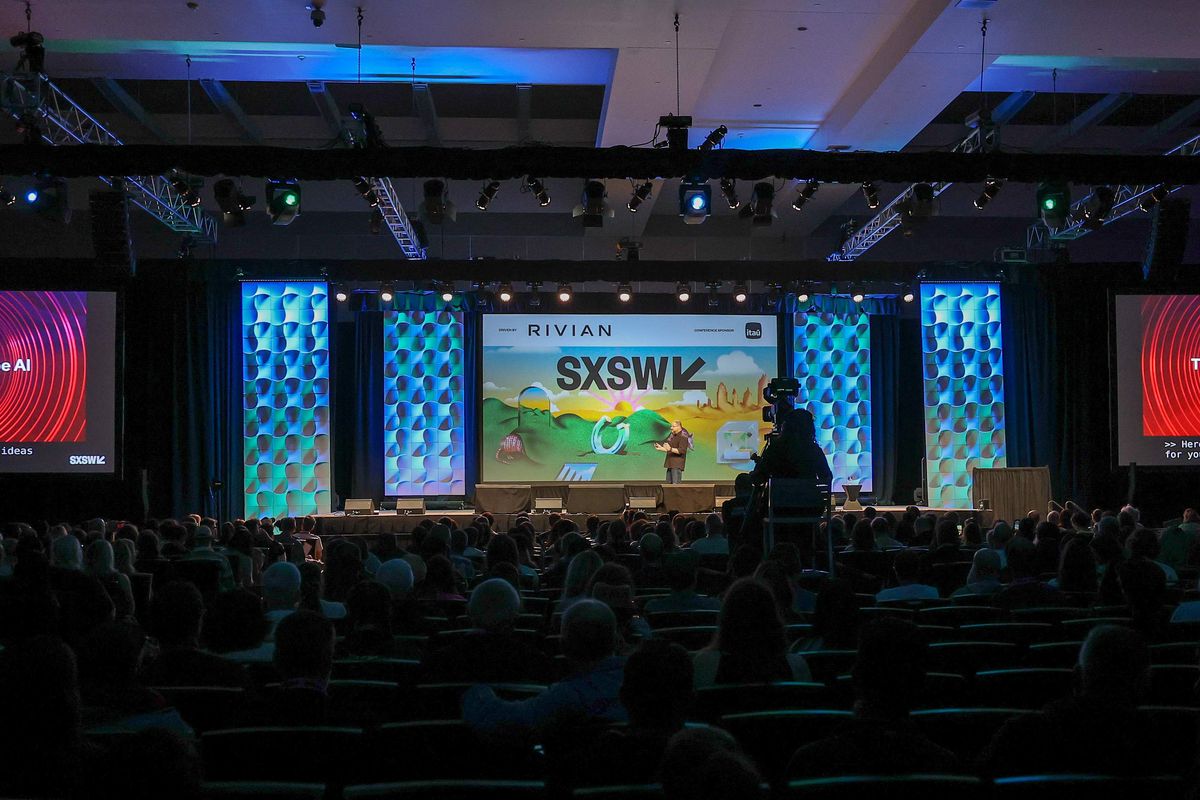University of Houston-founded company secures $2.5M in NIH grant funding
all in the timing
You could say that the booming success of Houston biotech company CellChorus owes very much to auspicious TIMING. Those six letters stand for Time-lapse Imaging Microscopy In Nanowell Grids, a platform for dynamic single-cell analysis.
This week, CellChorus announced that the company, along with The University of Houston, has been awarded up to $2.5 million in funding from the National Center for Advancing Translational Sciences (NCATS) at the National Institute of Health. A $350,000 Phase I grant is already underway. Once predetermined milestones are achieved, this will lead to a two-year $2.1 million Phase II grant.
The TIMING platform was created by UH Single Cell Lab researchers Navin Varadarajan and Badri Roysam. TIMING generates high-throughput in-vitro assays that quantitatively profile interactions between cells on a large scale, particularly what happens when immune cells confront target cells. This has been especially useful in the realm of immuno-oncology, where it has demonstrated its power in designing novel therapies, selecting lead candidates for clinical trials and evaluating the potency of manufactured cells.
“By combining AI, microscale manufacturing and advanced microscopy, the TIMING platform yields deep insight into cellular behaviors that directly impact human disease and new classes of therapeutics,” says Rebecca Berdeaux, chief scientific officer at CellChorus. “The generous support of NCATS enables our development of computational tools that will ultimately integrate single-cell dynamic functional analysis of cell behavior with intracellular signaling events.”
Houston’s CellChorus Innovation Lab supports both the further development of TIMING and projects for early-access customers. Those customers include top-25 biopharmaceutical companies, venture-backed biotechnology companies, a leading comprehensive cancer center and a top pediatric hospital, says CEO Daniel Meyer.
CellChorus’s publications include papers written in collaboration with researchers from the Baylor College of Medicine, Houston Methodist, MD Anderson, Texas Children’s Hospital, the University of Texas and UTHealth in journals including Nature Cancer, Journal of Clinical Investigation and The Journal for ImmunoTherapy of Cancer.
The new Small Business Technology Transfer (STTR) award will specifically support the development of a scalable integrated software system conceived with the goal of analyzing cells that are not fluorescently labeled. This label-free analysis will be based on new AI and machine learning (ML) models trained on tens of millions of images of cells.
“This is an opportunity to leverage artificial intelligence methods for advancing the life sciences,” says Roysam. “We are especially excited about its applications to advancing cell-based immunotherapy to treat cancer and other diseases.”
The Houston-born-and-bred company couldn’t have a more appropriate home, says Meyer.
“Houston is a premier location for clinical care and the development of biotechnology and life sciences technologies. In particular, Houston has established itself as a leader in the development and delivery of immune cell-based therapies,” the CEO explains. “As a spin-out from the Single Cell Lab at the University of Houston, we benefit from working with world-class experts at local institutions.”
In May, the company received a similar $2.5 million SBIR grant from NCATS at the NIH. Also this summer, CellChorus's technology was featured in Nature Cancer.
- Houston Innovation Awards winners revealed at 2023 event ›
- Houston health tech startups announce exec, funding — plus more innovation news ›
- University of Houston lab reports breakthrough in cancer-detecting technology ›
- Houston health tech startup scores $2.5M SBIR grant to advance unique cell therapy AI technology ›
- Houston health care leader secures funding, milestones for latest initiatives across cancer, stroke, and more - InnovationMap ›

 Atul Varadhachary is the managing director of Fannin Innovation. Photo via LinkedIn
Atul Varadhachary is the managing director of Fannin Innovation. Photo via LinkedIn
 The new center is named for Ann Kimball and John W. Johnson, who contributed a gift that will go toward establishing the facility. Photo courtesy of Houston Methodist
The new center is named for Ann Kimball and John W. Johnson, who contributed a gift that will go toward establishing the facility. Photo courtesy of Houston Methodist














